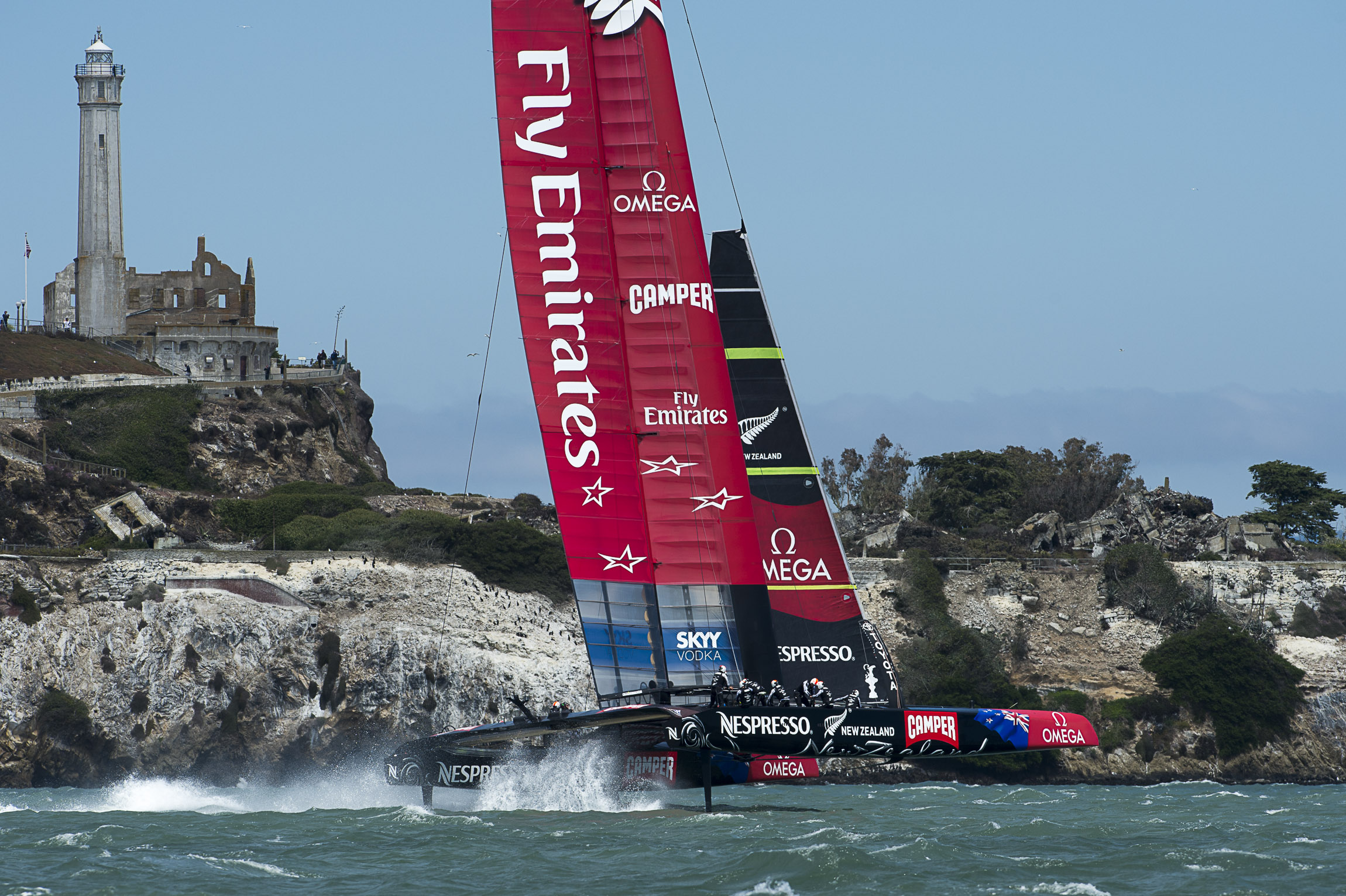LEAP staff, in particular our team of CFD engineers, have been watching with interest as the 2013 America's Cup unfolds in San Francisco. Despite being the oldest active trophy in international sport, the America's Cup is continually evolving thanks to an often dramatic combination of ...
Archives
Insights from Sir James Dyson on accelerating product development through CFD with design exploration
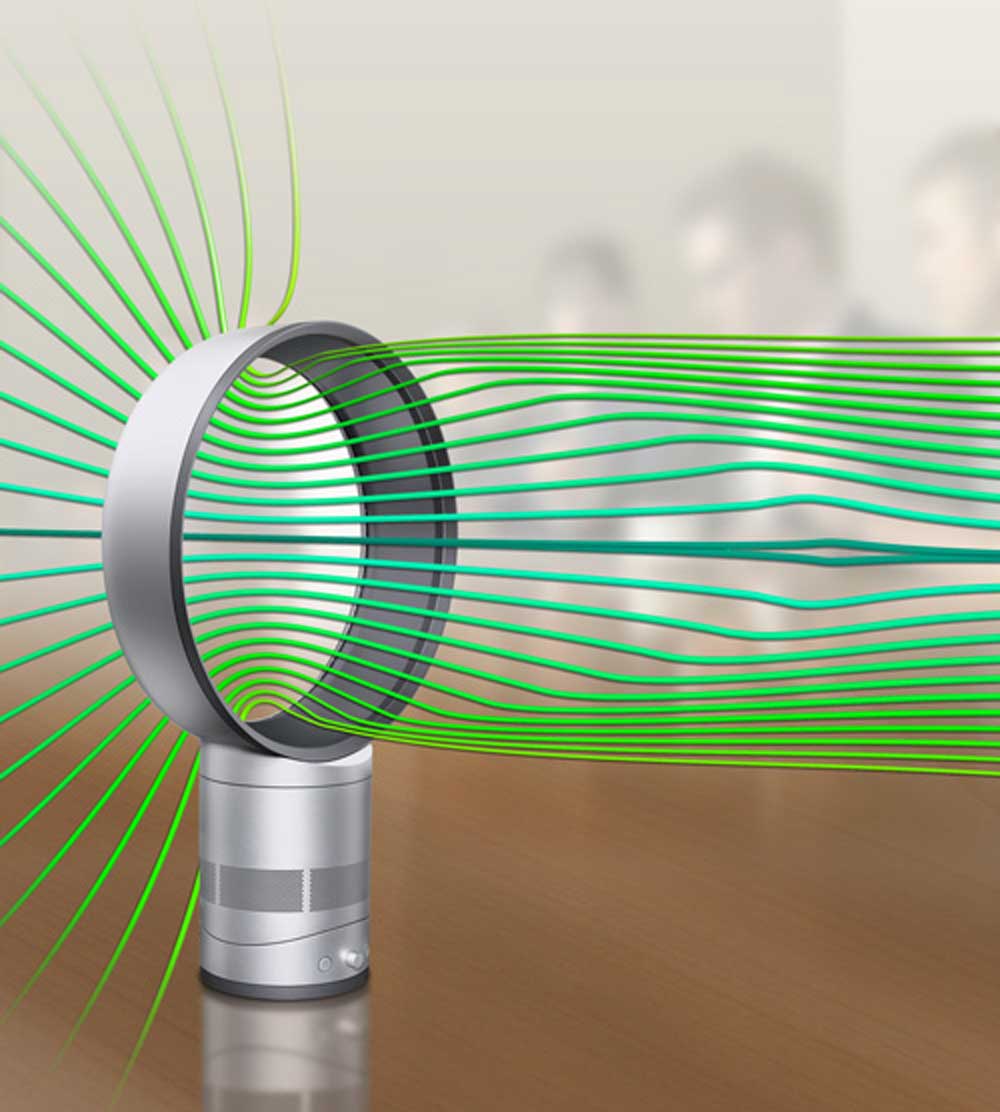
Sir James Dyson was in Australia recently for the launch of Dyson's Airblade Tap hand dryer. During his visit, he gave a particularly enlightening interview with the ABC One-Plus-One program (which can be viewed at this link). Dyson is a world-leader in the field of industrial design and is most famous for his invention of the cyclonic vaccuum cleaner (which now seems to have been copied and/or reverse engineered by all of his major competitors!). I'd suggest that the battles that Dyson has had on the Intellectual Property front are undoubtedly a factor that requires Dyson to keep ahead of the competition through constant innovation. During the interview, Dyson offered an interesting perspective on the need for perserverance in product design as he reflected on the product development process undertaken...
Formula SAE teams aim for the podium with CFD

Budding F1 car designers & engineers here in Australia may be getting excited in the build-up to the first race of the F1 season with the Australian F1 Grand Prix being held in Melbourne next week (March 14-17), but many of them might also have another important car race in the back of their minds: the 2013 Formula SAE (FSAE) competition, which is the world’s largest student engineering design competition. Starting in 1979 but really gaining in popularity here during the past 15 years, Formula SAE invites highly-motivated engineering students from leading universities around the world to design, manufacture, test and race their own single-seat racecar. Each car is judged for dynamic performance including acceleration, autocross, endurance, fuel economy as well as other important engineering and business-related metrics...
Join LEAP at the 2013 Australian International Airshow

We know that many of our CFD customers are also very passionate about aerodynamics and aircraft design, so it stands to reason that the 2013 Australian International Airshow will be a magnet for both aircraft enthusiasts and CFD practitioners alike. The Australian International Airshow starts today (Feb 26th 2013) and LEAP Australia staff will be attending as part of the Victorian Government Stand, which is located in Hall 2, Stand 2F17. If you are also attending the Airshow during the trade sessions this week (Tuesday to Friday), please drop us a line and we'd relish the opportunity to arrange a meeting and discuss your current CFD projects. Once reliant on physical testing for research and development, the aerospace and defence industry pioneered computational methods to gain insight...
(Part 2) 10 Useful Tips on selecting the most appropriate multiphase flow CFD models
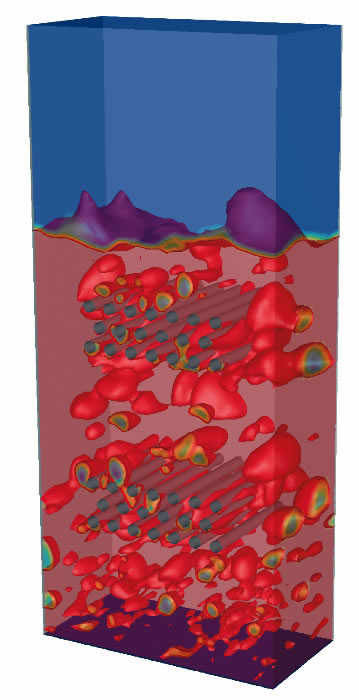
As we discussed in our previous post, the first step when tackling a multiphase CFD problem is to identify the key characteristics of your physical system. Once you've done this (using our checklist if you are still new to multiphase CFD), you can begin to make informed decisions on what multiphase modelling approaches to use. We've compiled the following guidelines based on the decades of experience that LEAP has developed while helping customers in Australia and New Zealand to solve multiphase CFD problems, particularly companies and researchers in the minerals, process and energy industries: [1] If your problem involves a distinct free surface between two fluids (typically liquids), then the "Free surface" model in CFX or "Volume of Fluid / VOF" model in Fluent...
Webinar: Overview & Recent Advancements in Multiphase Flow Modelling with Dr. Markus Braun, ANSYS Inc
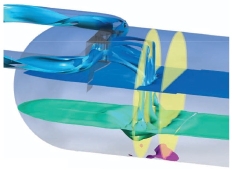
In advance of his visit to Australia in December, LEAP Australia is pleased to announce a webinar to be conducted by Dr. Markus Braun on Wednesday November 14th at 4pm AEDT (Syd/Mel daylight savings time). This webinar will provide an overview of multiphase flow modelling techniques and discuss recent advancements that impact the use of CFD in the minerals processing, energy and related industries. Who should attend? This webinar is suitable for all engineers, researchers and managers involved in projects that include CFD modelling of multiphase flows. About the presenter: Dr. Markus Braun studied mechanical engineering at RWTH Aachen, receiving his Diploma in 1989. He finished his studies with the award of the Springorum Denkmunze for excellent students at RWTH Aachen. Markus then joined the...
10 questions to ask yourself when tackling your first (or a new) Multiphase CFD project
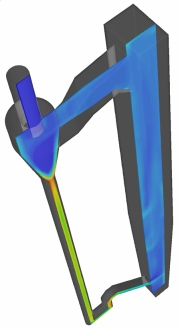
By virtue of the many physical processes we are often attempting to simulate in a virtual environment, CFD can be a complex beast. To accurately account for all real-world behaviour, the CFD engineer must consider the applicability of a large number of physical effects, including complex turbulence, compressibility, various modes of heat transfer and, last but certainly not least, the interaction of multiple phases comprising liquid, gaseous and solid components. Even if you have mastered all of your geometry and meshing requirements, and undertaken many years of single-phase CFD simulations, it can still be a daunting task when you are asked to tackle your first multiphase CFD problem. Before you begin, we recommend that you ask yourself the following: [1] For each phase...
Learn from the Expert: Training in Multiphase Flow Modelling with Dr. Markus Braun, ANSYS Inc.
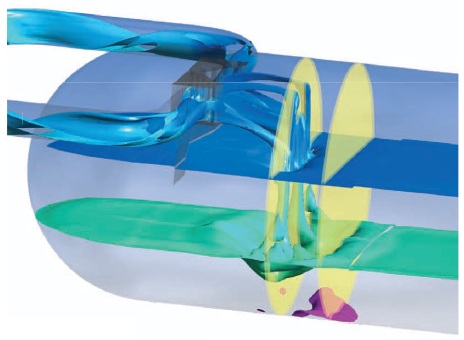
LEAP Australia is pleased to announce a visit to Australia by Dr Markus Braun, Team Leader, Multiphase Development, ANSYS Inc. Dr. Braun will be presenting a two-day course in Melbourne on Multiphase Flow Modelling, in conjunction with his visit to the 2012 CSIRO Conference on CFD in the Minerals and Process Industries. The training will be held in Melbourne on December 13-14, 2012. Who should attend? This course is a rare opportunity for all engineers & managers who are working with CFD simulations involving multiphase flow, in an industrial or research environment. The course will comprise a mixture of lectures and example case studies which will allow attendees to gain a first hand knowledge of all multiphase modelling approaches available in ANSYS CFD and their application to various...
Influence of CFD Technology on London Olympic Games
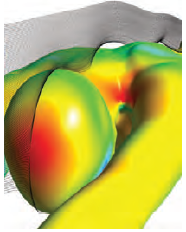
Many of you may already have detailed knowledge of the use of CFD in your area of expertise, but it is not often that as a CFD community we can all unite in appreciation of a common group of applications that we can all relate to. With the London 2012 Olympic Games fast approaching, we felt it is worth taking a look at the way in which CFD technology is playing a crucial role in many Olympic sports. You may have already been aware of the tremendous work that companies such as Speedo had invested in CFD technology to keep their products a step above their competitors. In fact, so successful were the Speedo LZR RACER swimsuits developed for the Athens and Beijing Olympics that they were eventually...
How the top Formula One (F1) teams stay on the podium
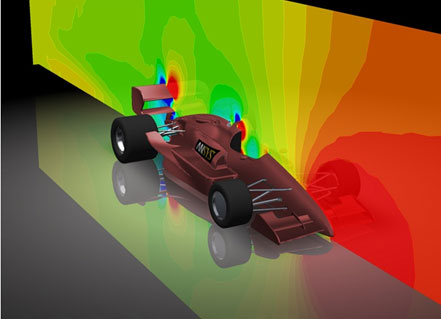
You may already know that Computational Fluid Dynamics (CFD) is currently used by all Formula One teams as part of their ongoing development for their aerodynamics and cooling packages. Since the technologies pioneered in F1 car development regularly flow through into other engineering industries, we felt that a post on this topic was the perfect way to launch LEAP's CFD blog. [box type="info"] In recent years, CFD has become a tool that is no longer just a complement to F1 team's sophisticated wind tunnel and track testing equipment, but an indispensable tool for the top teams to gain that extra competitive advantage. In this post, we will focus on why and how this powerful technology is used by Formula One teams today, as well...

